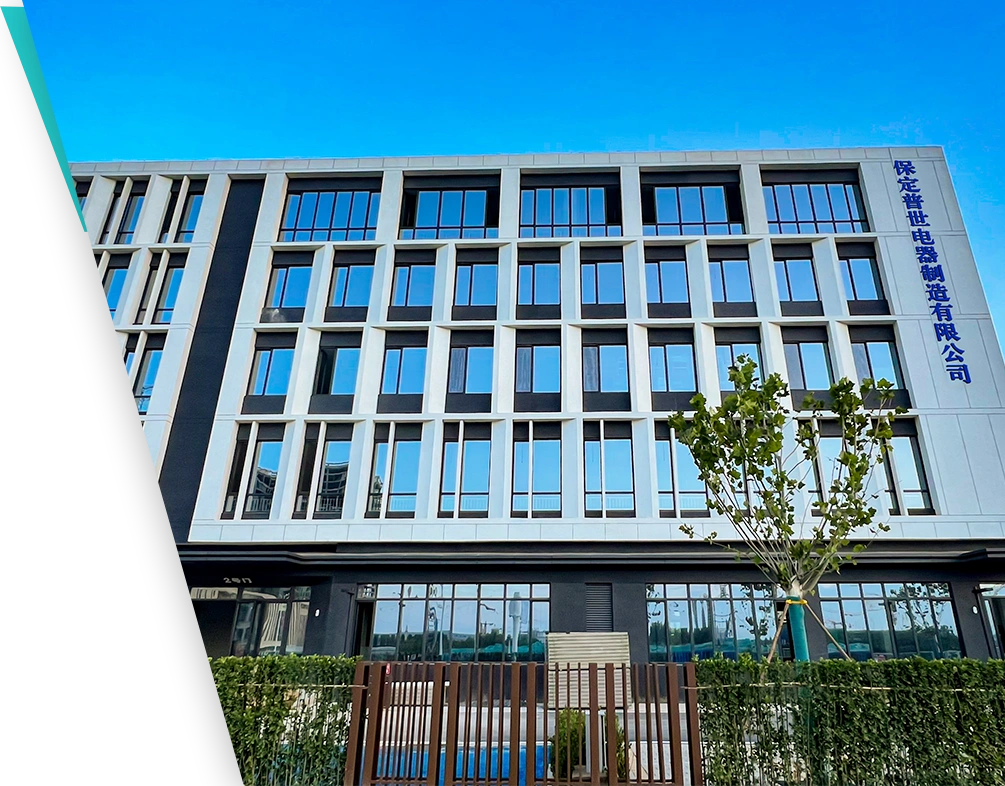 English
English


Exploring the Cost of Winding Resistance Meters for Electrical Testing and Maintenance Applications
Understanding Winding Resistance Meter Prices and Their Importance
In the world of electrical engineering and maintenance, the winding resistance meter serves as a critical tool for assessing the health of electrical machines, particularly transformers and motors. By measuring the resistance in the winding of these components, engineers can identify potential issues that may lead to reduced efficiency, overheating, or even catastrophic failure. With the increasing reliance on electrical systems across various industries, the importance of these meters has soared, consequently affecting their market prices.
The Basics of Winding Resistance Meter
A winding resistance meter, also known as a winding resistance tester or a micro-ohmmeter, is specifically designed to measure the resistance of coil windings in electrical equipment. The principle behind the operation of this meter is based on Ohm's Law; it provides a precise measurement of resistance in the micro-ohm range. This is crucial because even minor variations in resistance can indicate significant underlying problems, such as short circuits, poor connections, or damaged insulation.
Factors Influencing the Price of Winding Resistance Meters
The price of winding resistance meters can vary significantly based on several key factors
1. Precision and Sensitivity Higher-end models that offer precise measurements and can detect minute variations in resistance typically come at a higher price point. These meters are often equipped with advanced features like automated testing, data logging, and temperature compensation.
2. Brand Reputation Established brands with a track record of reliability and accuracy generally command higher prices. Companies that invest in R&D and acute manufacturing processes to enhance their product performance often see their products priced above competitors.
winding resistance meter price

3. Features and Technology Meters with advanced functionalities, such as digital displays, Bluetooth connectivity, and compatibility with software for data analysis, will generally be more expensive than basic models. Features such as automatic discharge of capacitive circuits and multiple test current options also drive up the costs.
4. Calibration and Certification Meters that are calibrated and certified to meet international standards (like IEC or ASTM) tend to come at a premium. This certification assures users of the meter's accuracy and reliability, making them a preferred choice for critical applications.
5. Market Demand and Supply Like any product, the principles of demand and supply also impact prices. An increase in demand for electrical maintenance tools, driven by a growing focus on ensuring the reliability of electrical systems, can lead to higher prices.
Price Range and Markets
Typically, the price of winding resistance meters can range from a few hundred to several thousand dollars. Basic models may start at around $200-$500, while high-end models with advanced features can cost anywhere from $1,000 to $5,000 or more. The choice of a meter often depends on the specific needs of the end-user. Smaller businesses might opt for cost-effective models, while larger enterprises may invest in high-precision instruments for critical operations.
Conclusion
In summary, the pricing of winding resistance meters is influenced by various factors including precision, brand reputation, advanced features, and market dynamics. For electrical engineers and maintenance professionals, investing in a quality winding resistance meter is crucial for ensuring the longevity and reliability of electrical machines. As technology advances and the industry continues to evolve, the prices of these essential tools are likely to adapt accordingly, reflecting the complexities of modern electrical systems. Understanding these dynamics can help professionals make informed decisions when selecting the right meter for their needs.
-
Differences between open cup flash point tester and closed cup flash point testerNewsOct.31,2024
-
The Reliable Load Tap ChangerNewsOct.23,2024
-
The Essential Guide to Hipot TestersNewsOct.23,2024
-
The Digital Insulation TesterNewsOct.23,2024
-
The Best Earth Loop Impedance Tester for SaleNewsOct.23,2024
-
Tan Delta Tester--The Essential Tool for Electrical Insulation TestingNewsOct.23,2024





